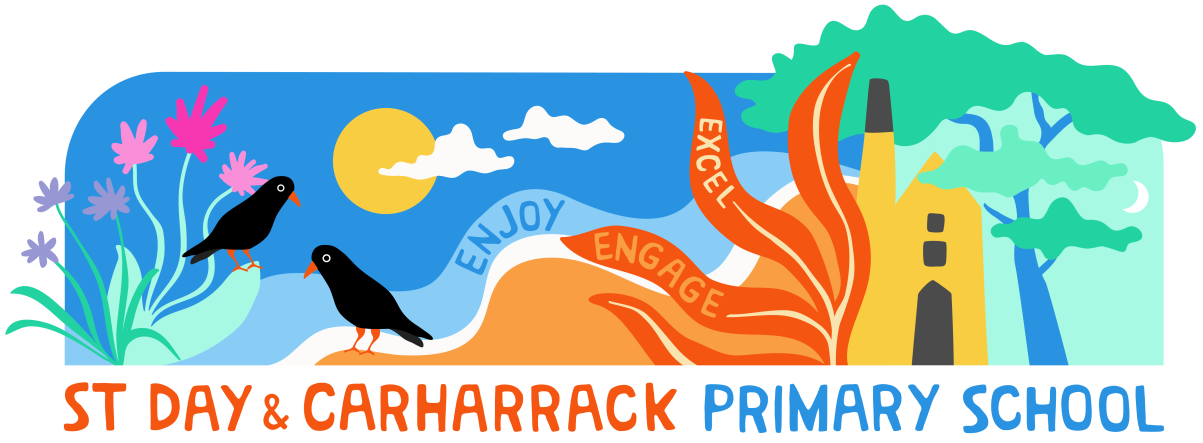RWI at St Day & Carharrack
Children at St Day and Carharrack will be taught to read using the systematic synthetic phonics programme Read Write Inc Phonics. EYFS Children will follow the Making a Strong Start in Reception planning for the first 4 weeks. They will attend a daily RWI lesson with their class teacher and will later attend groups based on their reading ability.
All RWI teachers are fully trained expert reading teachers and receive regular update training and coaching to ensure the children are making secure progress with their reading.
Your class teacher will send home weekly resources, including links to useful online resources and eventually books for you to support your child's reading at home. Daily reading at home is essential and supports your child's school to help your child reach their full potential in order to be successful through their primary schooling.
There will be opportunities for you to come into school, experience a RWI lesson, enjoy books with your child in school and also discuss your child's progress and attainment each term.
We would like to thank you for your ongoing support with your child's reading at home. This learning opportunity is a wonderful family moment in any day as well as a hugely valuable learning opportunity.
Set 1 Sounds
When your child first starts in reception, they will begin their reading learning on 'Set 1 sounds'. This is the earliest starting point in the RWI programme. The children begin to say, recognise and read single letter sounds. Please see the attached documents to support embedding your children's learning in school, at home.
Set 1 Sounds Continued
Once the children build confidence with single letter sounds they will begin to blend these sounds into words. For example, if a child knows the sounds, 'c', 'd', 'o', 'a', 't', 'g', we can then begin blending and learning to read words. For example, 'c-a-t - cat', 'd-o-g - dog'.
We aim to have all children confident with their Set 1 Sounds and blending by Christmas of their first year in primary school.
Once the children are confident with their single letter sounds and have begun applying them to read words as demonstrated above, the children will learn sounds consisting of two letters. We call these 'Special friends'. This is when you have two letters that make one sounds i.e. 'sh' and 'th'.
Take a look at the resources below to see how you can support these new and more challenging sounds at home.
Set 2 Sounds
Now the children have confidence with Set 1 Sounds, they now begin to incorporate Set 2 Sounds. We do this by reviewing Set 1 daily and introducing a new Set 2 Sound each day.
We aim for children in reception to be confident with Set 2 Sounds by the summer term of reception.
All of the sounds in Set 2 contain two or three letters per sound and we continue to call these 'Special friends'. Take a look at the Set 2 resources to support your child's learning at home.
Set 3 Sounds
Set 3 sounds is the final set in our RWI programme. The set is made up of sounds that contain two, three, four and five letters to make one sound.
Even though there are more letters per sound, we continue to call these 'Special friends'.
Set 3 Sounds also introduces our children to 'split digraphs'. This is where there are two letters for the sound (special friends) but they are separate within a word. For example, 'a-e' can be found in 'spade'. 'cake' and 'game'.
Additionally, Set 3 Sounds teach our children that the English language has many different spellings for the same sound and supports them in making connections between two different sounds which read the same. An example of this is 'ee - speed' (set 2) and 'ea - tea' (set 3).
Take a look at the resources below to help your child at home.


